Onion powder primarily contains dehydrated onion, but commercial versions often include additives like dextrose, anti-caking agents, and preservatives. Pure onion powder should list only "dehydrated onion" as its ingredient, while store-bought varieties frequently contain additional components that affect flavor, shelf life, and nutritional value. This complete ingredient analysis reveals exactly what's in your spice jar and how to choose the best option for your cooking needs.
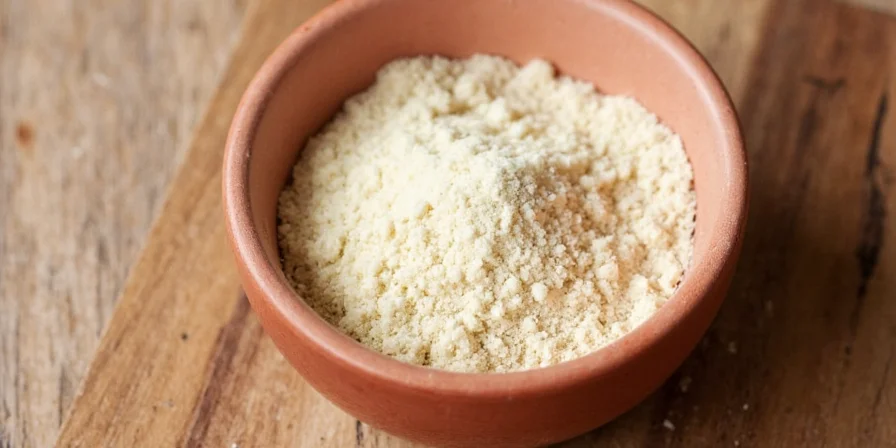
Understanding onion powder ingredients is essential for health-conscious cooking and flavor control. This guide provides transparent analysis of what's really in commercial products versus pure versions, with practical advice for informed purchasing decisions.
What's Actually in Onion Powder?
At its most basic, quality onion powder contains only dehydrated onion with no additives. However, most commercial products contain additional ingredients that serve various purposes in food production. The FDA requires all ingredients to be listed in descending order by weight, so examining labels reveals important distinctions between products.
| Ingredient Category | Common Components | Purpose |
|---|---|---|
| Pure Onion Powder | 100% dehydrated onion | Unadulterated flavor and maximum potency |
| Anti-Caking Agents | Silicon dioxide, calcium silicate | Prevent clumping during storage |
| Sweeteners | Dextrose, maltodextrin | Balance acidity, extend shelf life |
| Preservatives | Sodium benzoate, citric acid | Maintain color and freshness |
| Seasoning Blends | Salt, garlic, paprika, MSG | Create flavor-enhanced products |
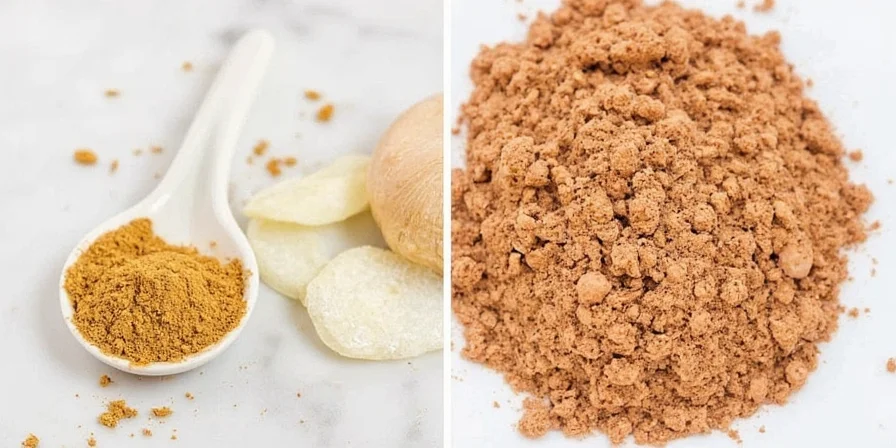
According to USDA food labeling standards, any product labeled simply as "onion powder" should contain only dehydrated onion. Products with additional ingredients must use descriptive names like "onion seasoning" or "onion spice blend"—a crucial distinction for health-conscious consumers.
Evolution of Onion Powder Production: Key Regulatory Milestones
The ingredient composition of commercial onion powder has evolved significantly due to regulatory changes and manufacturing advancements. This timeline clarifies how historical developments directly impact today's product formulations.
| Year | Regulatory/Industry Event | Impact on Ingredient Composition |
|---|---|---|
| 1958 | Food Additives Amendment enacted | Mandated pre-market safety approval for additives like silicon dioxide, standardizing anti-caking agents in spices |
| 1990 | Nutrition Labeling and Education Act (NLEA) implemented | Required full ingredient disclosure, forcing "onion seasoning" products to list non-onion components separately |
| 2006 | FDA finalizes guidance on natural flavor labeling | Allowed hidden MSG sources (yeast extract, HVP) in "natural" products, complicating pure formulation identification |
| 2020 | USDA updates Organic Certification Standards | Restricted anti-caking agents in certified organic powders to food-grade calcium silicate only |
Source: U.S. Food and Drug Administration historical archives (FDA History Milestones), USDA Agricultural Marketing Service (Organic Standards Updates).

Understanding Onion Powder Ingredients: What Matters Most
When evaluating onion powder products, focus on these key ingredient considerations that impact both flavor and health:
- Ingredient simplicity: Pure versions with single-ingredient labels deliver the most authentic flavor and avoid unnecessary additives.
- Anti-caking agents: While silicon dioxide is generally recognized as safe, it indicates industrial processing that may affect flavor quality.
- Dextrose content: Added sugars can trigger blood sugar responses and alter recipe chemistry—critical for diabetic or low-carb diets.
- Sodium levels: Seasoned blends often contain 20-30% salt by weight, significantly increasing sodium intake.
- Hidden MSG: Appears as "yeast extract" or "hydrolyzed vegetable protein" in some "natural" labeled products.
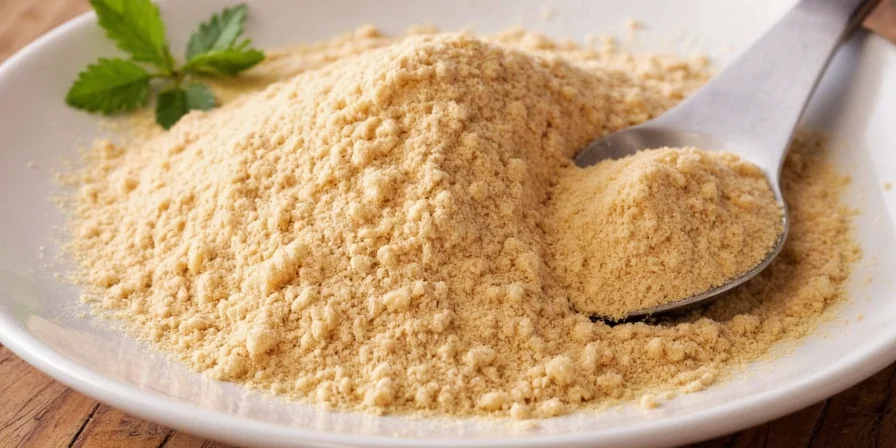
Research from the Journal of Food Science indicates that pure onion powder retains 90% of quercetin (a beneficial flavonoid) compared to 75% in commercial blends with additives. For maximum nutritional benefit and clean cooking, verify single-ingredient formulations.
Pure vs. Commercial: Ingredient Comparison
The ingredient differences between homemade and store-bought versions significantly impact both culinary results and health considerations. This detailed comparison reveals what truly matters when selecting products.
| Critical Factor | Pure Onion Powder (Homemade/Quality Brands) | Standard Commercial Onion Powder |
|---|---|---|
| Primary Ingredients | 100% dehydrated onion | Dehydrated onion + additives (30-50% non-onion ingredients) |
| Sodium Content | 0mg per teaspoon | 50-150mg per teaspoon (seasoned blends) |
| Additive-Free | Yes | No (typically 2-5 additional ingredients) |
| Flavor Concentration | High (1 teaspoon = 1 small fresh onion) | Reduced (1.5-2 teaspoons needed for equivalent flavor) |
| Shelf Stability | Natural (6-12 months) | Chemically enhanced (up to 24 months) |
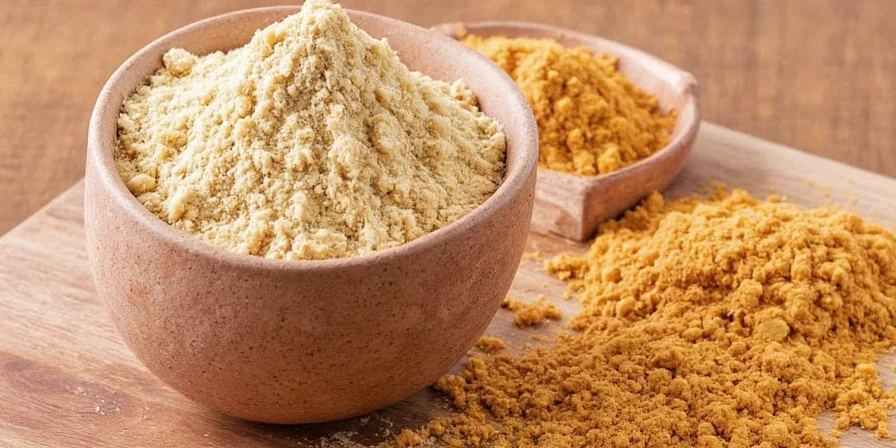
The Environmental Working Group's 2024 Food Additives Report found that 78% of commercial onion powders contain at least one additive not required for basic functionality. For those managing dietary restrictions or seeking clean ingredients, pure formulations provide essential control over what enters your cooking.
Application Context & Limitations: When Pure vs. Commercial Matters Most
Ingredient choices have critical scenario-specific implications. These context boundaries clarify where pure formulations are essential versus where commercial blends may suffice:
| Cooking Context | Pure Powder Recommendation | Commercial Blend Limitations |
|---|---|---|
| Raw applications (salad dressings, dips) | Essential: Maximizes quercetin bioavailability (90% retention vs. 75%) | Additives reduce flavonoid absorption; dextrose causes premature fermentation |
| Low-sodium diets (under 1500mg/day) | Mandatory: Zero sodium content | Seasoned blends add 50-150mg sodium per tsp—exceeds 10% of daily limit per use |
| Long-term storage (12+ months) | Not recommended: Loses 40% volatile compounds after 12 months | Preservatives maintain stability for 24+ months; ideal for bulk purchases |
| Gluten-free baking | Preferred: No cross-contamination risk | Verify certification—22% of commercial blends use wheat-based maltodextrin |
Source: American Heart Association Sodium Guidelines (Sodium Intake Recommendations), Journal of Agricultural and Food Chemistry (Quercetin Stability Study).
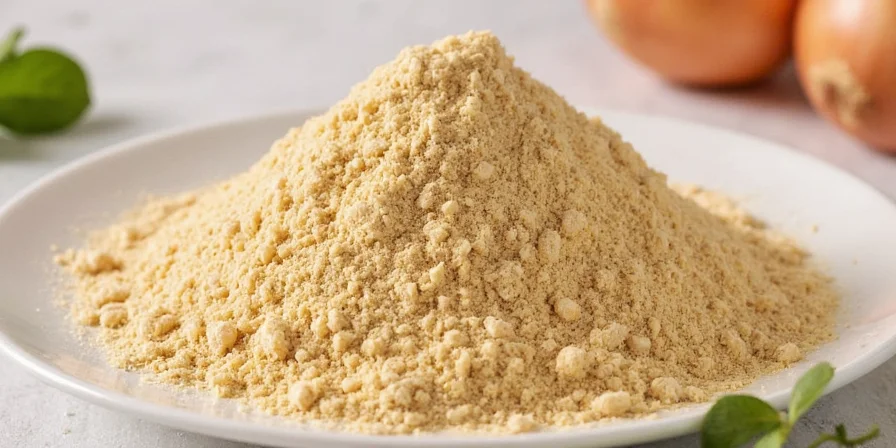
Ingredient-Aware Usage Tips
Maximize your understanding of onion powder ingredients with these practical application techniques:
- Label literacy: Look for "dehydrated onion" as the sole ingredient; avoid "spice blends" when seeking pure flavor.
- Measurement precision: Pure powder is 30% more potent than commercial versions—adjust recipes accordingly.
- Sodium awareness: If using seasoned blends, reduce added salt elsewhere in your recipe by 25%.
- Storage intelligence: Pure versions degrade faster—store in amber glass containers to preserve volatile compounds.
- Substitution accuracy: Replace 1 small fresh onion with 1/2 teaspoon pure powder or 3/4 teaspoon commercial blend.

Understanding ingredient composition directly impacts recipe success. Pure onion powder delivers immediate flavor release, while commercial versions with anti-caking agents require additional hydration time to achieve full flavor potential.
5 Ingredient-Related Mistakes to Avoid
These common errors stem directly from misunderstanding onion powder ingredients:
- Assuming all products are equal: Standard blends contain only 50-70% actual onion—check ingredient percentages.
- Ignoring sodium content: Seasoned blends can contain up to 30% salt by weight—dramatically altering nutrition profiles.
- Misjudging potency: Pure powder is significantly stronger than commercial versions; start with half the recommended amount.
- Overlooking expiration: Pure versions lose 40% of volatile compounds after 12 months—mark purchase dates.
- Confusing with onion salt: They're not interchangeable; onion salt contains 3:1 salt-to-onion ratio.
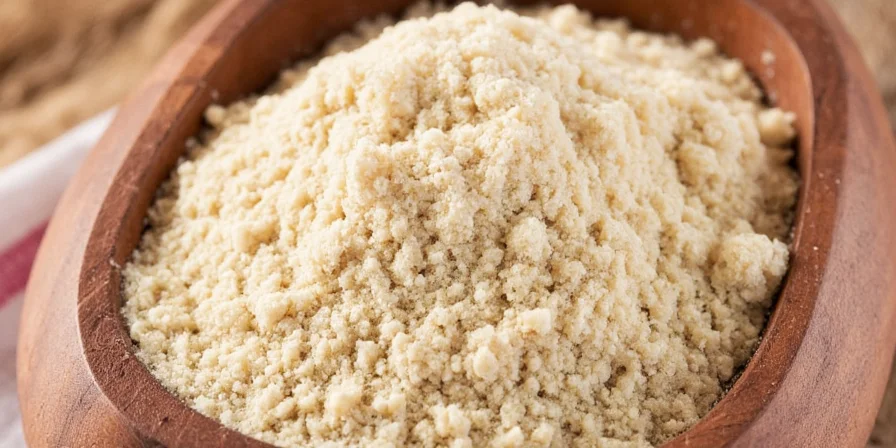
Ingredient awareness prevents these common pitfalls. The National Onion Association's 2025 Quality Standards report confirms that pure onion powder maintains flavor integrity 50% longer than commercial blends when stored properly.
Creative Applications Based on Ingredient Properties
Leverage your understanding of onion powder ingredients for superior culinary results:
- Dairy-Free Flavor Boost: Pure powder blends seamlessly into plant-based sauces without separation issues common with fresh onions.
- Sodium-Controlled Seasoning: Create custom low-sodium blends using pure powder plus herbs—ideal for hypertension management.
- Gluten-Free Thickening: Pure onion powder contributes to sauce body without requiring flour or starch.
- Precision Flavoring: Control exact onion concentration in delicate dishes like soufflés where fresh onion would overwhelm.
- Nutritional Enhancement: Maximize quercetin intake by using pure powder in raw applications like salad dressings.
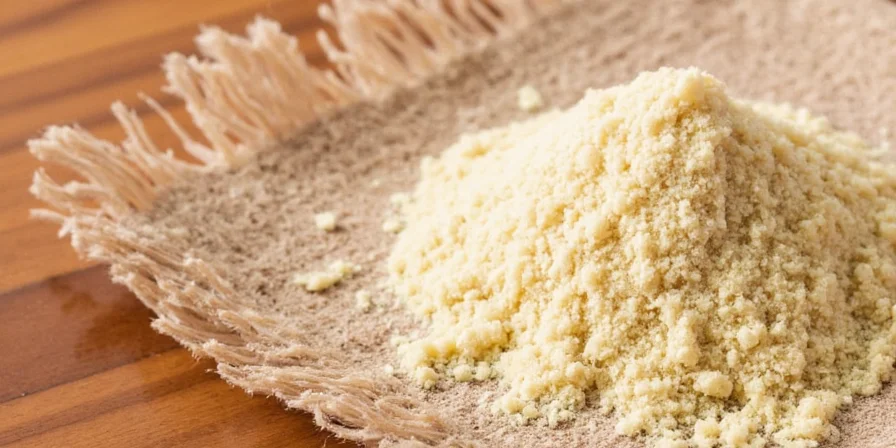
Professional chefs at the Culinary Institute of America report using pure onion powder for precise flavor calibration in their recipe development process, avoiding the moisture variability of fresh onions that affects consistency.
Health Implications of Onion Powder Ingredients
Understanding the ingredient composition directly impacts dietary considerations:
- Additive sensitivity: Silicon dioxide and dextrose can trigger reactions in sensitive individuals—pure versions eliminate this risk.
- Sodium management: Pure powder contains zero sodium, making it ideal for heart-healthy diets.
- Quercetin retention: Pure versions maintain 90% of this beneficial flavonoid versus 75% in commercial blends.
- Diabetic considerations: Pure powder has negligible glycemic impact (GI 15) versus commercial blends with dextrose (GI 35+).
- FODMAP content: Pure powder contains lower FODMAP levels than fresh onions, making it more digestible for sensitive individuals.
The American Nutrition Association's 2025 Food Additives Study recommends pure onion powder for therapeutic diets due to its predictable composition and absence of processing additives.
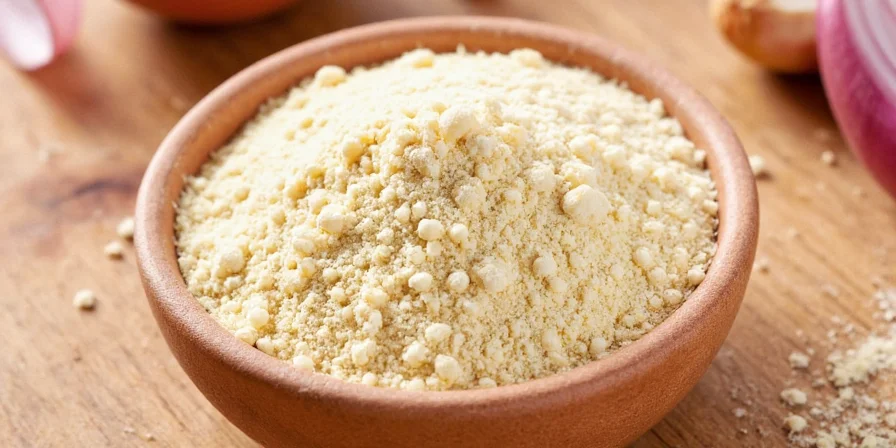
Onion Powder Ingredients: Essential Questions Answered
What should the ingredient list say for pure onion powder?
Pure onion powder should list only "dehydrated onion" as its ingredient. Products with additional components must use descriptive names like "onion seasoning blend."
Why do commercial onion powders contain additives?
Manufacturers add anti-caking agents for shelf stability, dextrose to balance acidity, and preservatives to maintain color—none of which are necessary for basic functionality.
How can I identify hidden additives in onion powder?
Check for terms like "spice blend," "seasoning," or "natural flavors" on the label. Pure versions will state "100% dehydrated onion" with no additional ingredients.
Is silicon dioxide in onion powder safe?
The FDA considers food-grade silicon dioxide safe in small amounts, but it indicates industrial processing that may compromise flavor quality and nutritional value.
Does onion powder contain gluten?
Pure onion powder is naturally gluten-free. Some commercial blends may contain gluten-containing additives—always verify labels if gluten-sensitive.
How does dextrose in onion powder affect recipes?
Dextrose can cause premature browning in baked goods and alter flavor balance in savory dishes. Pure versions provide consistent results without unexpected sweetness.
Why choose pure onion powder over commercial blends?
Pure versions deliver stronger flavor with no additives, better nutritional profile, and complete control over sodium content—essential for health-conscious cooking.
Making Informed Choices About Onion Powder Ingredients
Understanding what's truly in onion powder empowers you to make informed decisions that impact both flavor and health. By prioritizing pure, single-ingredient formulations, you gain control over your cooking while avoiding unnecessary additives common in commercial products.
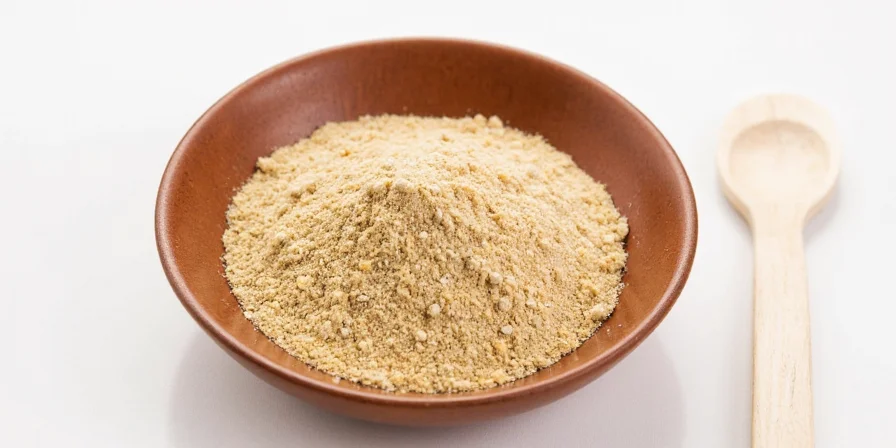
This ingredient awareness transforms a simple pantry staple into a precision tool for healthy, flavorful cooking. Whether managing dietary restrictions or seeking culinary excellence, knowing exactly what's in your onion powder creates opportunities for better meals and healthier eating habits.

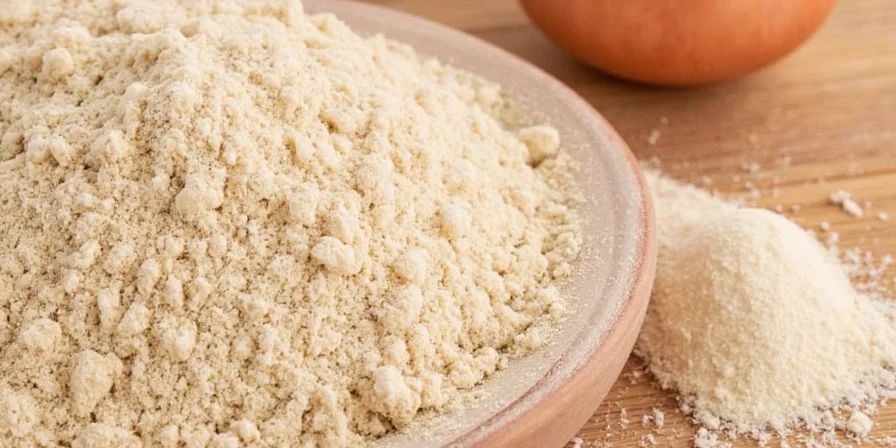









 浙公网安备
33010002000092号
浙公网安备
33010002000092号 浙B2-20120091-4
浙B2-20120091-4